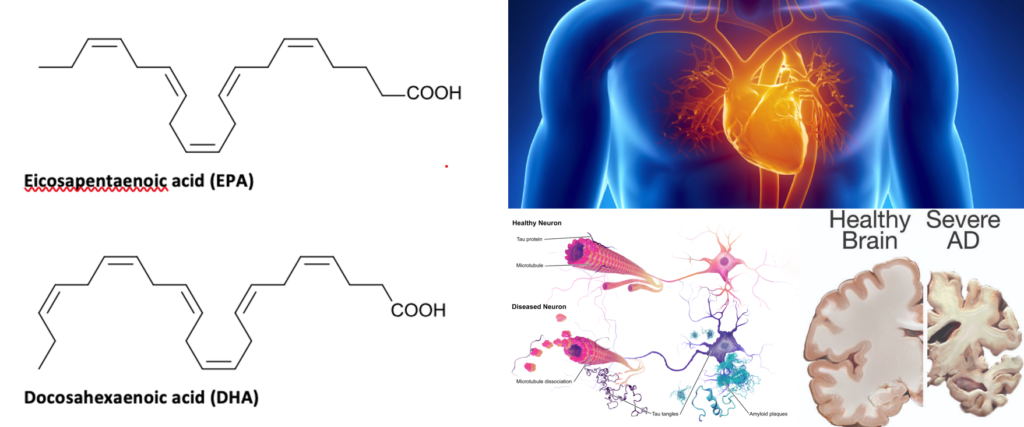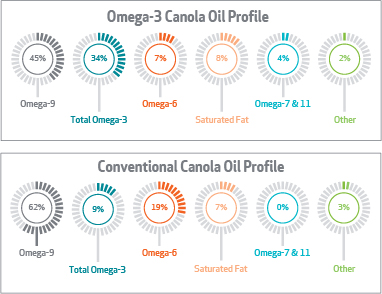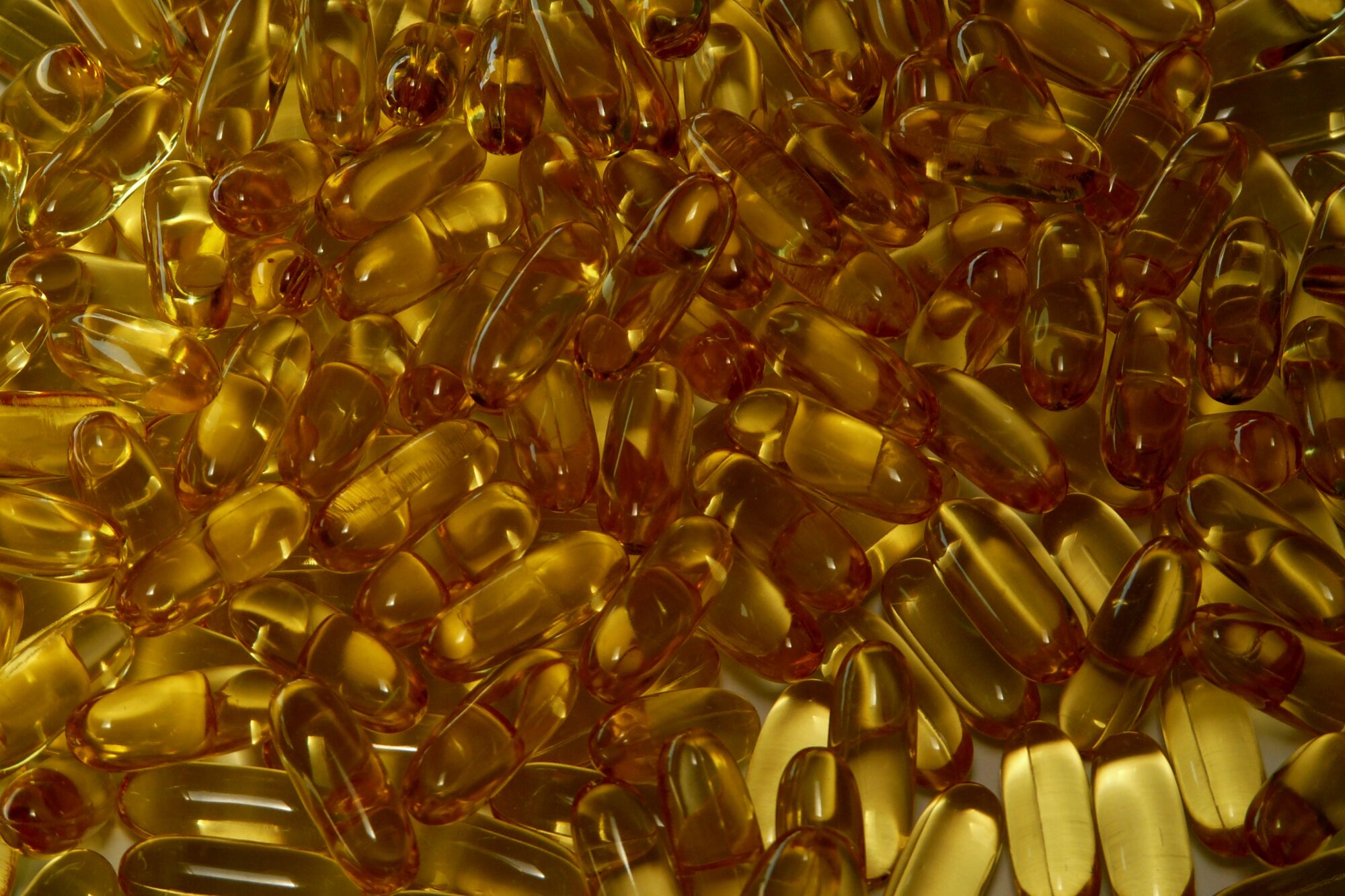In this article..
Introduction to Omega-3s
Now I’m sure many of you are wondering what I mean by my heading, it may be why you clicked on this article. Well, I’m not talking about just fish oil here but rather the reason we consume Fish Oil; Omega-3. Recently, scientists have developed a new source of omega-3 with DHA canola. What is DHA Canola? How is it different to normal Canola?
DHA, or Docosa-Hexaenoic acid, is a long-chain omega-3 oil and a key structural component of cellular membranes within the human body. It is essential for early childhood growth and reduces the risk of heart and neurodegenerative diseases such as Alzheimer’s. Health experts have recognised the benefits of Omega-3 fatty acids for many years. As a result, their demand as supplements or to fortify processed food has increased exponentially.

Lower plant forms, such as marine microalgae, produce long-chain Omega-3 fatty acids. Flaxseed, a land-based plant, can produce short-chain omega-3 oils but cannot produce the superior long-chain varieties that contain DHA. Our primary source of dietary omega-3 oils is fish but they don’t even produce DHA, they acquire it from eating microalgae. To ensure a sustainable supply of dietary omega-3 oils, we had to find new sources or create them.
A New Source
Bioengineers had long-held goals of modifying a plant species to contain industry-relevant levels of these essential oils.
Scientists used Agrobacterium-mediated transformation, the premier plant modification technique, to transfer the abilities of microalgae into canola. Why canola? It is the world’s second largest largest oil-seed crop, Australia’s largest, and one of the few GM crops approved for cultivation in Australia.
The goal was to convert the oleic acid produced by canola into DHA instead. Transgenes from yeast and marine microalgae were inserted into the plant genome. The steps outlined below outline the changes needed to achieve this. The parental canola variety used in the transformation was AV Jade, which is not currently grown commercially in Australia. To make it suitable for Australian conditions, it can be introgressed with elite non-GM canola varieties.

These 8 Transgenes were introduced using 2 T-DNA inserts to extend canola’s short-chain omega-3 synthesis pathway to marine-type EPA (Eicosapentaenoic acid) and DHA fatty acids. One of these transgene was for herbicide resistance as a selectable marker. Surprisingly, public submissions highlighted concerns with the introduction of the herbicide resistance rather than the alteration of oil content. This is surprising as herbicide-resistant canola is already approved and used in Australia.
Current status
The oil profile in DHA canola has a high ratio of omega-3 to omega-6 and extremely desirable levels of DHA. Just one to two hectares of DHA canola could provide about the same amount of DHA from 10,000 kg of fish. Studies also showed that aside from the obvious changes in the fatty acid profile, DHA canola is compositionally equivalent to the conventional canola varieties. Which is supported by the risk assessment conducted by the OGTR.

Scientists conducted fish-feeding studies to demonstrate the nutritional value and safety of the new crop. The studies found that the feed is safe and, in some cases, increased the omega-3 content of salmon. Most recently, the Norwegian Food Safety Authority approved the products of DHA canola for use in fish feed applications. This provides a boost to the aquaculture industry who are constantly seeking new sources of reliable omega-3 oil supply.
Since 2018, the OGTR has approved DHA canola for cultivation and use in animal feed. While FSANZ has also approved omega-3 canola for sale and use in food consumed by humans. The USDA deregulated and approved the cultivation of omega-3 canola around the same time. By 2020, A US food-processing company, Archer Daniels Midland (ADM), struck a deal to collaborate with the developers of omega-3 canola.
The oil seed is processed into two types: Aquiterra intended for Aquafeed and Nutriterra for human consumption. Nutriterra is available as a powdered supplement that can be added to food to fortify it with omega-3. It provides a plant-based source of omega-3 for vegans and vegetarians who may lack dietary omega-3 and are seeking more options
Into the Future
DHA canola also helps to combat omega-3 shortages resulting from climate change. Increases in water temperature will see the availability of global DHA slashed up to 58% by 2100 according to some predictions. This is compounded by the fact that omega-3 consumption is below recommended levels all over the world. Only Japan, Scandinavia, and some indigenous populations have blood plasma levels of omega-3 that are considered normal or high. DHA canola presents itself as one of the only viable options to meet these shortfalls thanks to its scalability and cost-effectiveness. The challenge from here will be the public acceptance of a Genetically modified product.

